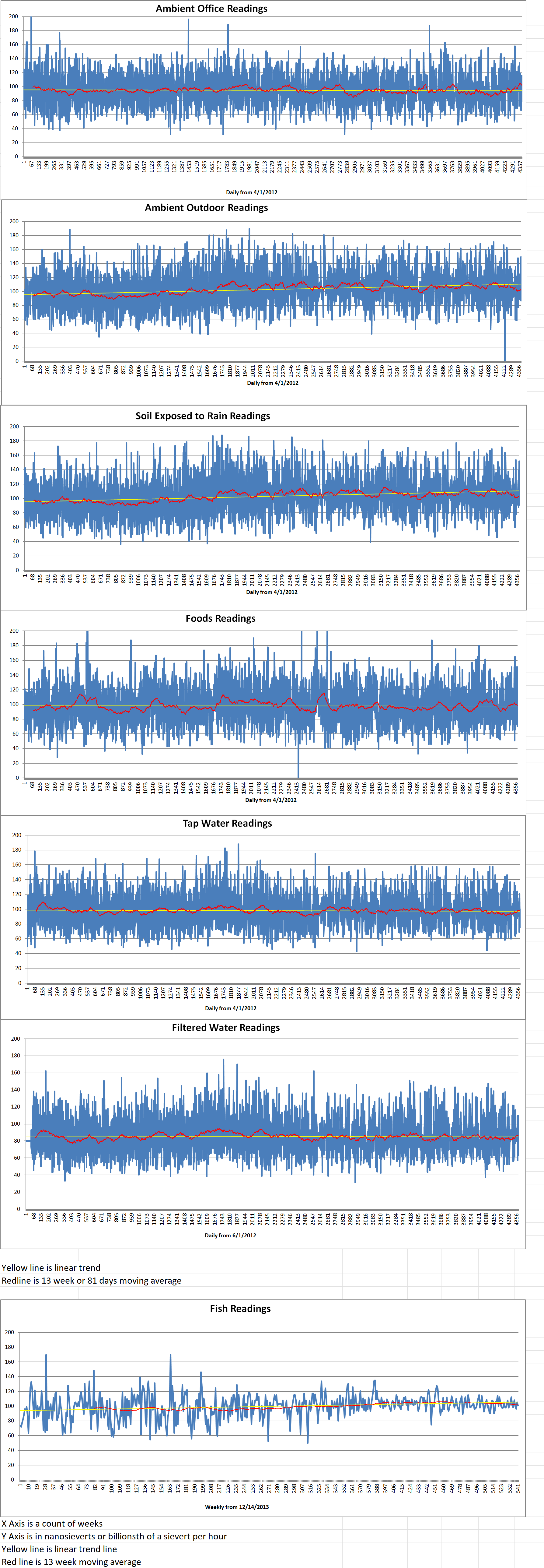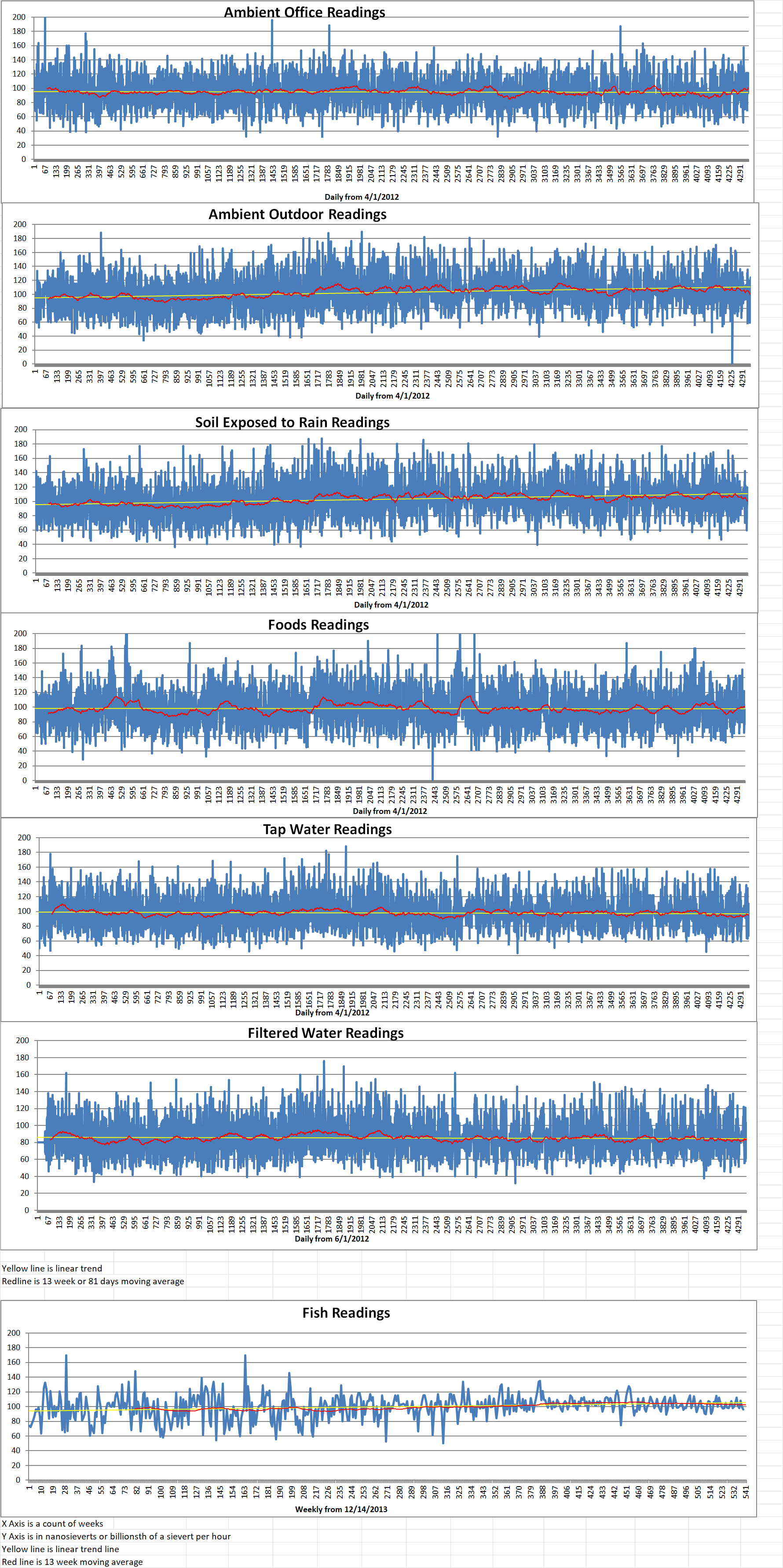The European Commission (EC) has selected nine small modular reactor (SMR) projects in the initial round of applications to form Project Working Groups under the European Industrial Alliance on SMRs.
The European Commission (EC) launched an Industrial Alliance dedicated to SMRs in February this year. They are aiming to facilitate the development of SMRs in Europe by the early 2030s. The Alliance utilizes working groups to improve the conditions for the development and deployment of SMRs, including rebuilding the supply chain for nuclear power. Their activities are intended to support specific SMR projects and accelerate their deployment on the European market.
The EC said the initial membership of the Alliance call elicited responses from more than three hundred stakeholders. They encompass SMR technology designers, utilities, energy-intensive users, supply chain companies, research institutes, financial institutions, and civil society organizations. The alliance members and its governing board were confirmed at the inaugural General Assembly in Brussels on 29-30 May.
In pursuit of tangible project outcomes, in June the Alliance put out a call for SMR projects wishing to be considered for the Alliance’s Project Working Groups (PWGs). Subsequently, the governing board, with the assistance of the Alliance secretariat, carried out a review and assessment of the 22 applications received.
The governing board held a second meeting on October 7th of this year. Following that meeting the first batch of SMR projects that would constitute the PWGs under the Alliance were selected. This batch included EU-SMR-LFR project (Ansaldo Nucleare, SCK-CEN, ENEA, RATEN); CityHeat project (Calogena, Steady Energy); Project Quantum (Last Energy); European LFR AS Project (Newcleo); Nuward (EDF); European BWRX-300 SMR (OSGE); Rolls-Royce SMR (Rolls-Royce SMR Ltd); NuScale VOYGR SMR (RoPower Nuclear SA); and Thorizon One project (Thorizon).
The EC said that “Each of these projects will have the opportunity to constitute a PWG involving all partners interested in collaboration with the project.”
Marc Schyns is the director of innovative nuclear systems at the Belgian Nuclear Research Centre (SCK-CEN). Commenting on the selection of the EU-SMR-LFR project, he said, “Our project is getting a label – a vote of confidence from Europe. This will give a huge boost to the partners working on this; it only further strengthens our ambition to demonstrate the potential of lead-cooled, fast reactor technology.”
Project partner Ansaldo Nucleare added that “The development path, which has been awarded by the European Commission, includes the construction of two demonstration prototypes (LEANDREA and FALCON) designed to validate the technological choices, which will be built in Belgium and Romania, respectively.”
Stefano Buono is the Newcleo CEO. He said that the selection of the company’s LFR AS project was a “ringing endorsement” for its technology. “We look forward to collaborating with the new European Commission Commissioner and other industry stakeholders, who, like us, are members of the European Industrial Alliance of SMRs, to foster a supportive environment for the growth of new nuclear technologies.”
Ansaldo Nucleare noted that “The four future partners Ansaldo Nucleare, ENEA, RATEN and SCK-CEN have signed a collaboration agreement, together with Newcleo. This will launch discussions to see how we can work together and where the two consortiums can collaborate on LFR technology. By joining forces, we are enhancing our shared commitment to innovation and sustainability within the nuclear sector and can further promote the development of fast reactor technology in Europe.”
The EC said that most of the other projects that applied in the first assessment round and were not selected in the first batch of SMR projects will have the opportunity to submit a new application in the next round. The next round is expected to be organized in the second quarter of 2025.






